By Thomas van der Vliet
The YES-DC India energy review was held on the 17th of June at the Academiegebouw in Utrecht. The topic of India was chosen because it is a major developing country with rapidly increasing energy demand and the country doesn’t get as much attention as it deserves. The speakers of the evening were Dagmar Graczyk of the IEA, Wilfred van den Bos of the Dutch development bank FMO and Mark Meijer of solar consultancy Energy Indeed.
After a brief introduction by YES-DC, Dagmar Graczyk who came all the way from Paris, opened the event as the headline speaker. Ms. Graczyk has extensive experience in India working for the Asian Development Bank and is the IEA’s leading expert on India. First she gave a general introduction of India, pointing out that it is still a very agricultural country where many people live on the countryside and large numbers of people will move to the cities in the coming decades. She also pointed out that although there is a middle class developing in India, it is still small and the projected growth of the middle class will lead to large increases in energy demand, for instance through increased use of appliances. India is a country with a federalist system and state governments are very strong and in the energy industry players have to deal with both national, state and local governments. For instance, capital value taxes are paid to the central government, electricity consumption is taxed through state governments. The second part of her presentation focused on the energy landscape. India is poor in energy resources and is dependent on imports for the majority of its oil and gas. Although coal production is skyrocketing, coal consumption is increasing even faster. Electricity consumption per capita is only at a tenth of that in OECD countries and many people still rely on biomass for cooking, especially in the countryside. Expansion of the electricity sector relies on coal, as LNG is too expensive and large hydro project have environmental and social challenges.
India does have a huge solar potential, especially in the arid west of the country. Because solar PV is scalable and doesn’t rely on a large grid it is suited for deployment in the countryside which is often difficult to reach and lacks grid access. The government has a large stake in the energy sector in India. Coal mining is dominated by the state and fuel markets are not liberalized. Prime Minister Modi wants the liberalize some of these sectors to increase investment and has ambitious plans for the development of solar power. Ms. Graczyk emphasized that although India is already a major carbon emitter, it is still a very agricultural and poor society and cannot be compared directly with China, which is already far more urbanized with a much higher GPD and energy consumption per capita. Therefore the OECD countries should understand that India will increase energy consumption and carbon emissions for its development.
After this large general overview of the Indian energy sector Wilfred van den Bos spoke about his experiences financing large energy projects in India. The role of the development bank is to make investments in projects with a high social rate of return which are not suited for financing by commercial banks. Although solar energy in India is on the rise, a large share of the FMO portfolio in India is wind. From a financial perspective, energy projects are capital intensive, highly leveraged, with many participants and often a special purpose vehicle is used. This makes financing these projects complex. These projects also come with a variety of risks, technological, operational, regulatory (which is aggravated by the complex governance structure in India) and a currency risk. This is why development banks like the FMO are needed to finance part of these projects in renewables in developing countries.
Mark Meijer finished the evening with a presentation of the opportunities for the Dutch PV sector in India. He pointed out that although Dutch companies have a long history with PV projects, Indian projects are on a vastly different scale, an order of magnitude larger. This makes it difficult for the Dutch PV sector. However, prime minister Modi does promote the development of solar PV in India; this means that there is an opportunity for Dutch industry to export machines needed in the PV production lines.
Presentations:
[wpfilebase tag=file id=108/]
[wpfilebase tag=file id=107/]
[wpfilebase tag=file id=106/]
[wpfilebase tag=file id=105/]

